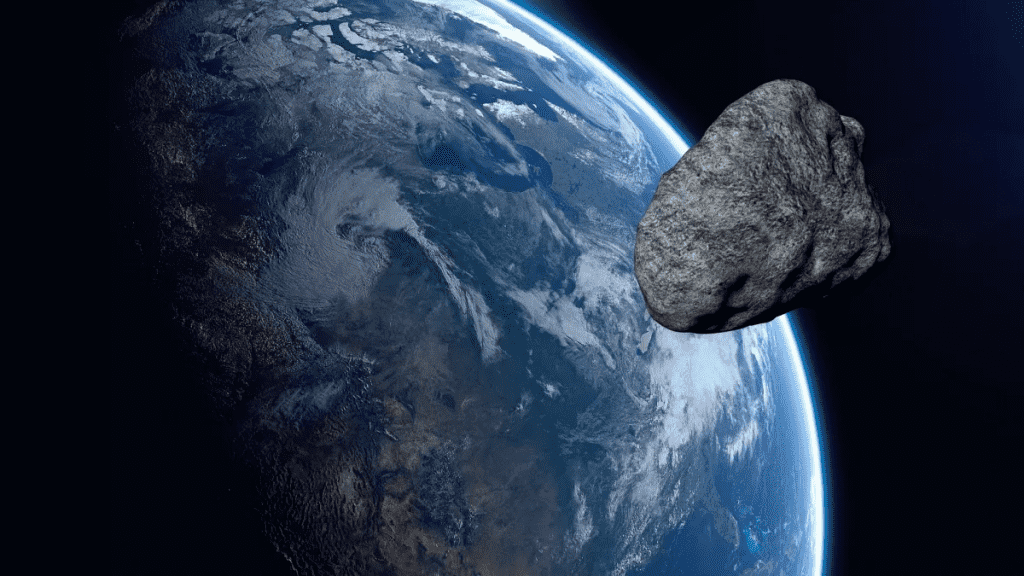An asteroid the size of two soccer fields went past the Earth early on Thursday, August 4.
NASA astronomers discovered the asteroid 2022 OE2 on July 26. It is predicted to be 557 to 1,246 feet (170 to 380 metres) wide. In addition, NASA confirmed that 2022 OE2 is an Apollo-class asteroid, which implies it orbits the sun and crosses the path of Earth’s orbit.

An asteroid of this size would provide enough energy to power 1,000 nuclear bombs. However, this one was projected to miss the Earth by quite some distance The asteroid 2022 OE2 was expected to approach Earth at a distance of around 3.2 million miles (5.1 million kilometres), which is more than 13 times the average distance between Earth and the moon. To put this in perspective, the asteroid 2022 NF came within 56,000 miles (90,000 km) of Earth on July 7, or roughly 23% of the average distance between Earth and the moon.

NASA tracks tens of thousands of near-Earth objects like this one and has calculated their paths beyond the end of the century. According to NASA, Earth is not at risk of a catastrophic asteroid collision for at least the next 100 years.
However, scientists are concerned that a tiny change in trajectories, such as a collision with another asteroid or the gravitational pull of a planet, might modify the orbit of a colossal asteroid and send it on a potentially disastrous crash course with Earth.

Therefore, planetary defence is highly valued by space organisations. In November 2021, NASA launched a spacecraft into the 525-foot-wide (160-meter-wide) asteroid Dimorphos in autumn 2022 as part of the Double Asteroid Redirection Test. Although the asteroid will survive the collision, its orbital track could be dramatically changed. If a future space rock poses a direct threat to our planet, the expedition will determine the feasibility of asteroid deflection.


